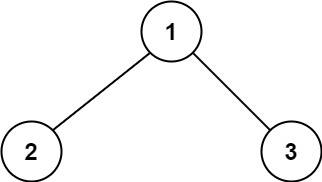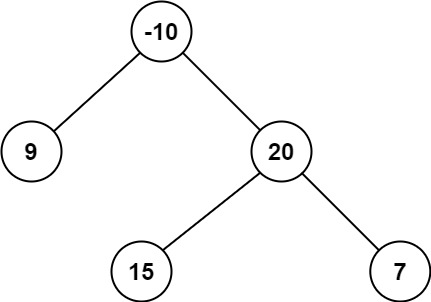124. Binary Tree Maximum Path Sum
124. Binary Tree Maximum Path Sum
Description
A path in a binary tree is a sequence of nodes where each pair of adjacent nodes in the sequence has an edge connecting them. A node can only appear in the sequence at most once . Note that the path does not need to pass through the root.
The path sum of a path is the sum of the node’s values in the path.
Given the root of a binary tree, return the maximum path sum of any non-empty path.
Example 1:
1 | Input: root = [1,2,3] |
Example 2:
1 | Input: root = [-10,9,20,null,null,15,7] |
Constraints:
- The number of nodes in the tree is in the range
[1, 3 * 10^4]. -1000 <= Node.val <= 1000
Hints/Notes
- 2024/04/25
- binary tree
- 0x3F’s solution(checked)
Solution
Language: C++
1 | /** |